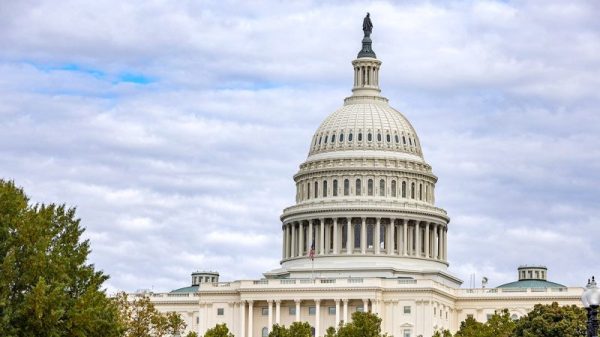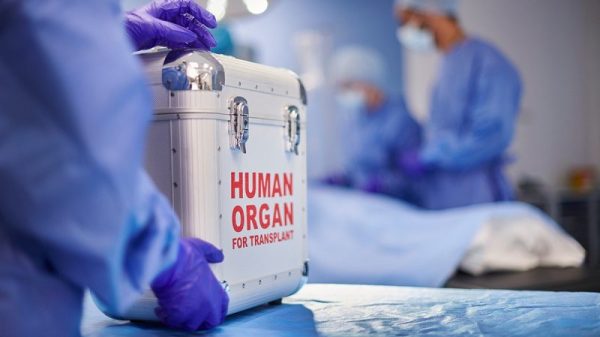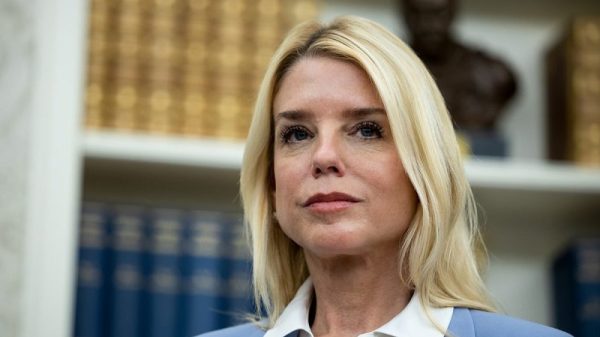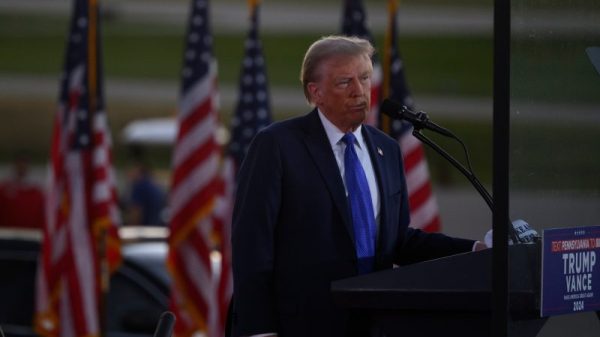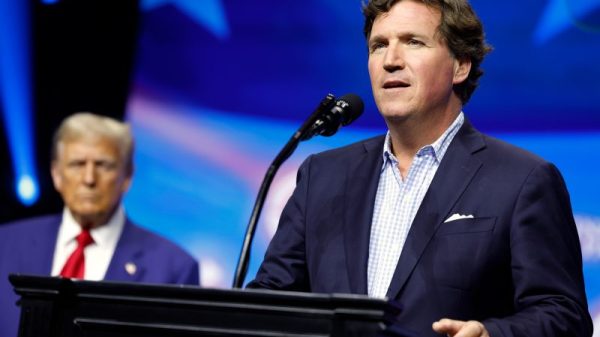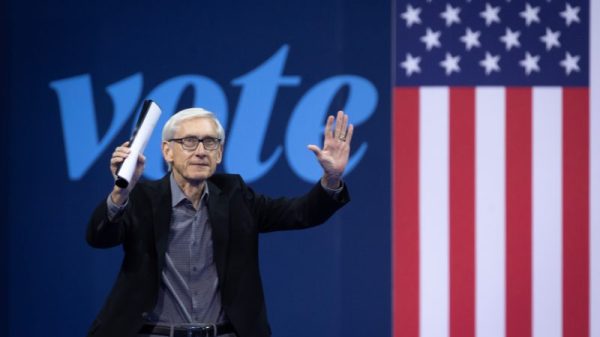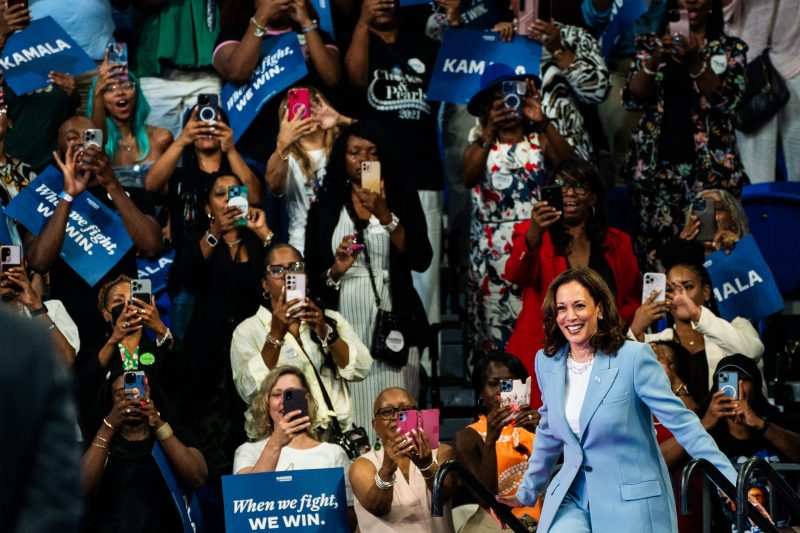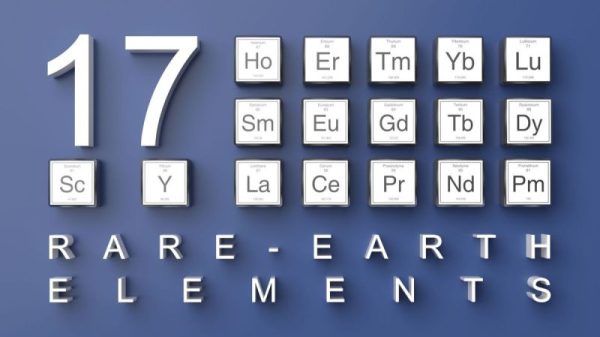President Biden’s withdrawal and Vice President Harris’s selection as the presumptive Democratic nominee has reset the 50-state race for the White House.
Former president Donald Trump had gained in national and state-level polls after a June debate in which Biden appeared confused and was at times unable to answer questions.
But in the two weeks since Biden dropped out and Harris became the presumptive Democratic nominee, Democrats’ poll numbers — and their chances of holding the White House — have rebounded. The path to victory for Harris once again runs through seven key swing states: Arizona, Georgia, Michigan, Nevada, North Carolina, Pennsylvania and Wisconsin.
“The Democratic base is coming home,” said Amy Walter, publisher and editor in chief of the Cook Political Report with Amy Walter. “In states that we know that are evenly divided and have been very, very close for these last few elections, they kind of snap back to being very, very competitive and will be the focus of the 2024 campaign.”
Although Trump’s paths to victory were expanding in late June and early July, the race “is now contracting back to the original six or seven battleground states,” Walter added.
Trump and Harris are now in a virtual tie, with Trump at 46 percent support and Harris at 45.4 percent support, according to a Washington Post average of national polls. In July, Trump had 46.8 percent support while Biden had 45.2 percent support, according to The Post’s polling average.
As of Saturday, Trump still led in five of the seven battlegrounds, according to The Post’s polling average.
Trump leads Harris by five points in Georgia and Arizona, four points in North Carolina and Nevada and two points in Michigan, The Post’s averages estimate. Trump and Harris are tied in Pennsylvania, while Harris has a slight edge in Wisconsin. Harris is performing about one percentage point better in those states than Biden was before he dropped out.
Harris is doing better with Black voters, which could help bring Georgia back into play for Democrats, polling suggests. But she may not be able to replicate Biden’s appeal with White, non-college voters, which could impact her chances in Wisconsin, Michigan and Pennsylvania.
Democrats are “seeing tremendous enthusiasm for Vice President Harris and her vision in the states, whether it’s brand new supporters showing up at field offices in Nevada and Pennsylvania to knock doors or the 1,000 Georgia voters who signed up to volunteer after her rally in Atlanta,” Josh Marcus-Blank, states communications director for Harris, said in an emailed statement.
Strategists from both parties see Pennsylvania as a near must-win state for both Trump and Harris. Pennsylvania is also the state where Republicans and Democrats are investing the most in TV ad spending. Democrats are spending more than $56 million on television ads in the state between July 21 and the November election, according to the firm AdImpact. Republicans are spending $61 million.
After Pennsylvania, Democrats have spent the most on presidential television ads in Michigan, followed by Georgia, Wisconsin, Arizona, North Carolina and Nevada. For Republicans, television ad spending after Pennsylvania was highest in Georgia, followed by Michigan, Wisconsin, Arizona, North Carolina and Nevada.
“If I were in their shoes, I wouldn’t be banking on anything outside of the blue wall saving me,” said Scott Jennings, a Republican strategist, of the Harris campaign. “If you’re banking on Arizona, and Georgia and North Carolina saving you from losing the blue wall, that’s not a bet I’d want to make … The pivotal state remains Pennsylvania. If you win it, you’ve got a chance.”
Many Republicans say Harris is enjoying a honeymoon period, with the rollout of her candidacy, her upcoming vice-presidential announcement and the Democratic National Convention weeks away. New Hampshire Gov. Chris Sununu predicted that in his state, Harris’s poll numbers will hit a “high-water mark around mid-to-late August” and said that “if she doesn’t have enough of a buffer they’re going to come back down.”
Trump “has been gaining ground and leading in battleground and blue states,” Karoline Leavitt, a Trump campaign spokesperson, said in a statement. “As more voters understand how weak, failed and dangerously liberal Kamala Harris is, President Trump’s chances in these battleground states and traditionally Democrat strongholds will only get better,” she added.
Still, Democrats see Harris as more competitive than Biden in the Sun Belt states of Nevada, Arizona, Georgia and North Carolina.
“She has appeal to some constituencies within the party that were lagging with Biden,” including younger voters and Black and Hispanic voters, said David Axelrod, a former senior adviser to President Obama. “That puts into play some of those Sun Belt states that have seemed out of reach. They’re still a stretch but they’re not nearly the stretch they were.”
Axelrod added that while there’s more energy and optimism for Democrats, “everybody should be sober that given the map, it is still a difficult race.”
At Trump’s rally in Atlanta on Saturday, several Trump voters said they saw Harris as a more formidable opponent than Biden because of her age. But they expected Trump to prevail in Georgia.
Kirk Barnett said Harris is “probably” a tougher opponent. “She is coherent,” he said.
The candidates’ travel will offer clues for how they see the map going forward. Trump held a rally in Georgia this weekend, days after Harris also visited the state. Harris, meanwhile, plans to hit all seven battleground states this week, when she introduces her running mate. Harris’s running mate choice will also shed further light on her campaign strategy. Pennsylvania Gov. Josh Shapiro is among the potential running mates she’s vetting, along with Arizona Sen. Mark Kelly.
As November approaches, analysts caution that the shape of the race remains uncertain.
In the course of a month, Biden had a debate that changed the direction of the presidential race, Trump was nearly assassinated and Harris replaced Biden at the top of the ticket, Walter noted.
“All those things happened and it’s not like the polls flipped,” she said.
Emily Guskin and Scott Clement contributed to this report.











